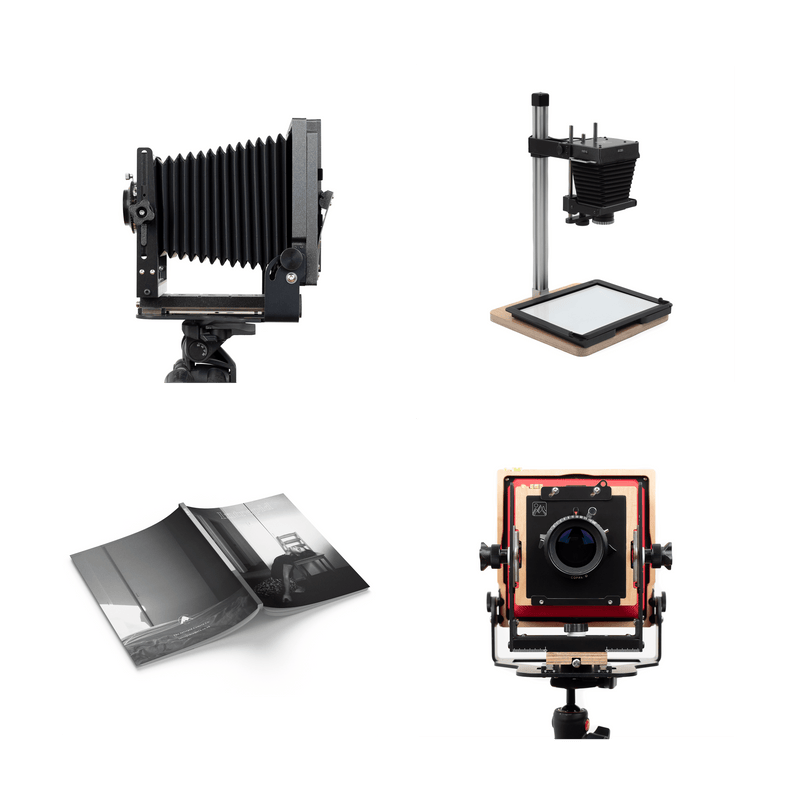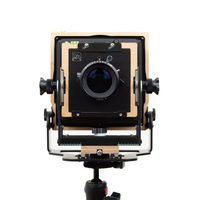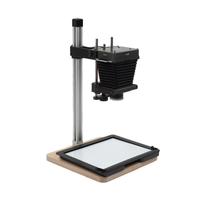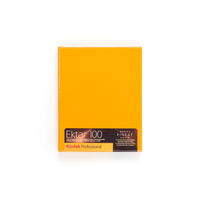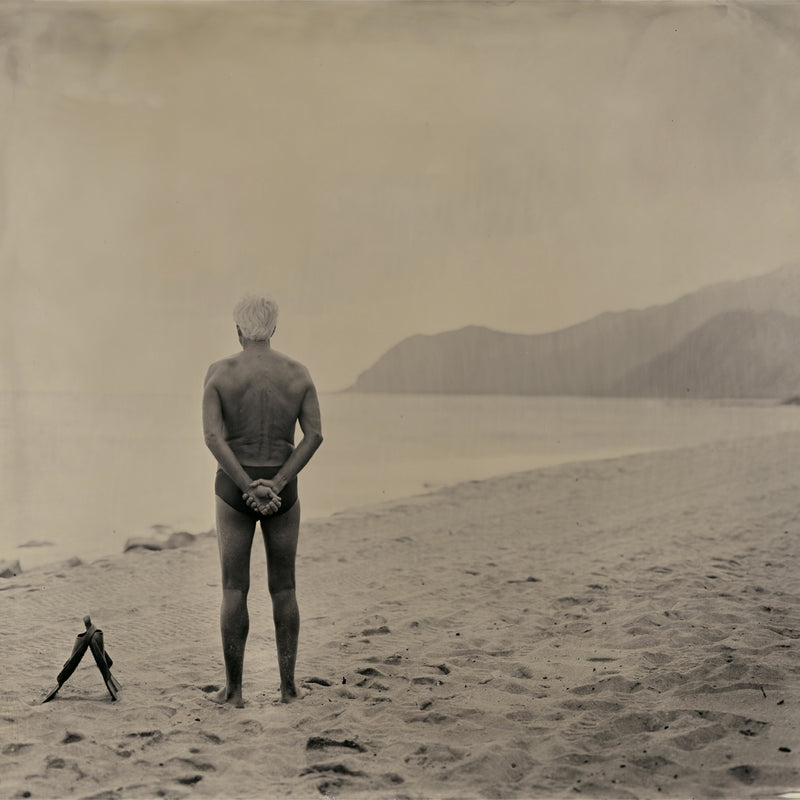Fashion Editorials on Large Format
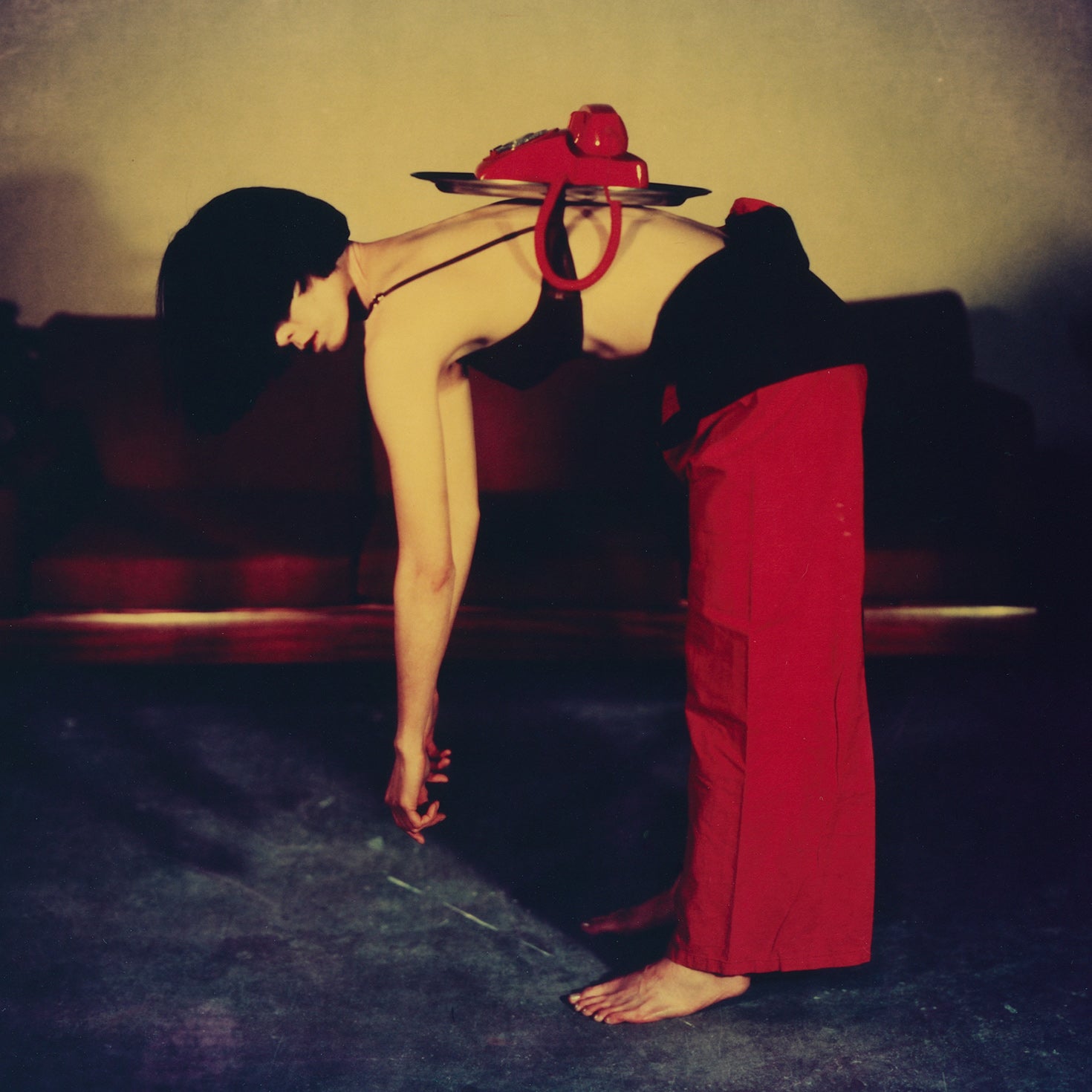
Using 8x10 paper negatives and other experimental darkroom processes, Ralph Whitehead creates his vision of a disconnected, dreamlike reality. An unorthodox approach to fashion photography that challenges the fast-paced, disposable nature of the industry.
Photos from two editorials published in Nasty Magazine. Models: Mariko Siig and Pea.
Could you give us a bit of background on yourself and your work?
I'm a London-based fashion and portrait photographer. Around 3 years ago I quit my previous corporate job and decided to go follow my dream of photography full time. I was spending every non-working minute researching or doing some form of photography so it made complete sense to me. It's certainly been a great journey, although not an easy one, it's a bumpy ride to a destination you only vaguely know. I am also a restless experimenter and a natural contrarian, if something can't be done a certain way I make a mission of proving the opposite. That means a lot of darkroom hours, a lot of experimenting with different materials, different techniques, and different approaches. It's quite hard to resist the temptation to keep exploring new avenues but I think I have now settled in a style that works for me, both for my portraiture and fashion work.
How did you get into fashion photography and why do you choose to shoot film?
There are several things that attracted me to fashion photography. First and foremost, it's beautiful. Although there's a throwaway element to it - the clothes and trends going out of season, I think as an art form it can stand the test of time very well, and I think it's under-recognised as a branch of photography in the art photography domain. It can be as staged or as natural and free-flowing as you want - I like the fact that it's a constructed story and therefore you are in complete control. I like the technicality of it too, lighting can be a very technical discipline. I sometimes compare it to applied mathematics, where entire branches of mathematical research stem from a real-world problem, but then branch off into a series of abstractions that don't necessarily directly contribute to the solution of the original problem. Similarly, fashion photography clearly exists to promote a set of garments, however, it merely provides a format, a boundary. Last but not least I love the collaborative aspect. It is necessarily a team effort and one that occurs in small and very intense bursts. You do get a buzz from the energy and adrenalin on set.
The main challenge in shooting large format is that it is completely counterintuitive to the whole way fashion photography is typically shot.
Much of your large format fashion work has an ethereal soft focus feel, what photographic techniques or films do you use to create this?
First of all I work with 8x10 mostly, so depth of field is a challenge just by contrast. Film is prohibitively expensive for 8x10 so the experimenter in me has led me to explore other materials such as x-ray film, paper and other RA4 process types of substrate. This was initially an effort to make shooting 8x10 affordable, but then the properties of these materials in terms of their colour response, or contrast, led me to experiment with different types of printing. Paper has its own structure and of course acts as a diffusing layer too, so as a negative it will print very soft. I liked this painterly ethereal feel and made it my own.
What are the biggest or most common challenges that come with shooting LF for fashion editorials?
I'm at the next level of experimental now, shooting medium format film is actually my safety net backup! Initially yes a few people were a little nervous about not having the immediacy of digital and I shot a few digital images just for backup. I don't do that anymore, it interrupts the creative process, so people just have to trust me! I do love a polaroid though, I sometimes use them the way they were originally used in fashion photography, i.e. to check lighting and setup, however, they are such charming little things people are fascinated and much more gratified by them than a digital preview. That's quite useful to bring a feel-good factor to a shoot. Sadly the demise of peel-apart film makes it a little more difficult, that is the golden standard and I still have a small stash but I lament its end enormously (who doesn't?).
The main challenge though in shooting large format is that it is completely counterintuitive to the whole way fashion photography is typically shot. Usually, a model would move with a certain flow and each click would have a slightly different pose, a photographer directs as a sort of dance in a syncopated rhythm, with the flash as the bass drum. With LF that all goes out of the window completely. You have to know exactly what shot you want to make, and place all the elements within it, even if there's an element of movement, it needs to be choreographed and placed in space with a certain degree of accuracy. You're making a still life with a human basically. And if the model moves you have to stop and refocus - the pace is completely different and it can be challenging for models. I never go into a shoot improvising, I sketch a storyboard and have a rough sketch of each shot I want to make, of course, there's scope for improvisation but even then it's still a thought through process.
What themes or feelings would you like people to take from your photography?
I have thought long and hard about this in the past, and now I don't anymore as I was probably overthinking it as opposed to being guided by instinct. I'm certainly keen to create something moody and atmospheric, but that is more about the process than the message and I had found myself drifting towards a romanticism that whilst aesthetically pleasing wasn't communicating my vision. I'm now most of all looking to inject an element of tension and mystery. In my most recent work, I'm trying to create a conflict between a static serenity that is natural to the LF process and a sense of discomfort, of something being out of place, a sense of unanswered questions. I also like to use the evocative power of geometry, and pattern repetition to add layering to a composition. I definitely feel I'm at the beginning of a new period of exploration, now I have finally found a direction that's working well for me I'm excited to explore this and go deeper down this particular rabbit hole.
Your work feels quite abstract or dreamlike, what are your main sources of influence?
Definitely painting and to an extent, cinema. I was born and raised in Rome, so I grew up surrounded by Caravaggio and Baroque art and that's definitely influenced my aesthetic. However I admire any form of art that creates it's own unique world and alternate reality, nothing achieves that better than cinema. A recent discovery that has made a huge impact on me are the films of Sergei Parajanov. When I mentioned the conflict between staticity and tension before, it's with his work in mind. The first time I saw one of his films I just couldn't stop taking phone snaps of my screen, every scene was a photograph I would have loved to own a print of. Although in no aesthetic sense, I do like the process of Quentin Tarantino, and I do love to add references and homages to what has inspired me. I have no presumption of hiding my inspiration, if anything I like for people to see where something has come from.
In purely photographic terms, my heroes are Paolo Roversi and Sarah Moon, I probably don't need to explain why. I also love the way they take a lot of pride in how their work is printed. Moon's trichrome carbon prints are just phenomenal, you can't describe the depth of them in words. Roversi's palladium prints of some his black and white work, again the tones are not something any computer screen can ever accurately display. Object of distilled beauty.
Do you work with others on set or prefer to work completely independently?
You can never really work completely independently, and I wouldn't want to, it's a large part of the reason why I like it. Even on a practical level, the bare minimum is a model and a makeup artists but most of the time there's a stylist and other people too. It helps that I sketch things out before shooting, that way a lot of the collaborative process happens before we get on set or before I go behind the camera. When I have a very specific concept in mind though, it's difficult to get it out of my head, it somehow or other needs to be born in print. At the moment, because of the new direction I'm taking I feel I need to have a large degree of control. The recipe to finding this new direction was actually to cut down the people on set to bare bones and not worry about the consequences or whether the images might get published or be "useful" to anyone, and I think this renewed focus has actually improved my output quality. Hopefully when this line of work is a little more developed, that will naturally attract people that are in tune with my ideas and then I can go back to having a more collaborative approach. I'm actually looking forward to it, but I'm still searching for the right people to work with.
